Wayne Ratkovich, LA Visionary, Dies at 82
A look at the career of a developer who changed the Southern California landscape.
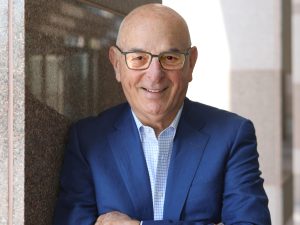
Wayne Ratkovich, Founder & CEO of The Ratkovich Co., created a legacy of preserving and redeveloping some of L.A.’s most iconic landmarks. Photo courtesy of The Ratkovich Co.
Wayne Ratkovich, the real estate developer and civic leader, who helped save and preserve many Los Angeles historic landmarks in a career spanning five decades, died on Sept. 24. He was 82.
During his prolific tenure as CEO of the company he founded 46 years ago—The Ratkovich Co.—he worked to reimagine and restore iconic Los Angeles buildings that were often overlooked and deemed unworthy of redevelopment, turning them into profitable assets.
“Wayne Ratkovich was a true visionary in urban development, city building and place making, and exemplified everything that a real estate developer should be,” said Clare De Briere, Americas Chair and member of the Urban Land Institute’s global board of directors, in a statement. “His passing is a deep loss to the development community worldwide, to the City of Los Angeles and to all of us who had the privilege to know him.”
Ratkovich’s legacy continues in his company’s most recent project, West Harbor, a 42-acre revitalization of the Los Angeles waterfront. In a joint venture with Jerico Development, Ratkovich Co. is constructing a $150 million entertainment, dining and shopping district next to the Port of Los Angeles in the city’s San Pedro neighborhood. Scheduled for completion in 2025, it is set to include year-long events in a 6,200-seat outdoor amphitheater, along with open-air restaurants, retail and waterside recreational activities.
West Harbor will be the latest in a long line of projects that have helped renew Los Angeles’ skyline and iconic buildings. Ratkovich discovered a sense for how such properties can be reimagined in 1977, when he purchased the James Oviatt Building in the city’s CBD. The Archdiocese of Los Angeles sold it for around $5 per square foot, assuming it would be demolished.
Instead, Ratkovich decided to renovate the property and maintain its original Art Deco design, which included glass and other details created by renowned French designer Rene Lalique. The city designated the building as a historic cultural landmark and Ratkovich responded by turning the property into an asset that attracted many renowned tenants in the years that followed.
Ratkovich said later that this move changed his career. “The experience with the Oviatt changed forever my role as a developer. I no longer had interest in factories and warehouses. I realized that my little company could make a positive difference in the city, and it was something I wanted to continue to do,” he said in 2020.
Preserving Los Angeles’ built history
The Oviatt renovation kicked off a series of projects of increasing scope and size. Ratkovich repositioned many historic landmarks across the Los Angeles area, preserving their character while transforming them into successful contemporary properties.

The 1928 Oviatt Building features Art Deco fixtures and Lalique glass. It is a recipient of a preservation award by L.A. Conservancy. Photo courtesy of CommercialEdge
These include the historic Pellissier Building and adjacent Wiltern Theater, in the Miracle Mile neighborhood. Ratkovich worked with such organizations as the Los Angeles Conservancy to save the Wiltern Theater from demolition and acquired it in 1981. Following a four-year renovation, the theater reopened and is still serving as one of the city’s top entertainment venues.
“The greatest thing Wayne did is shine a bright light on historic buildings in Downtown and beyond,” said Linda Dishman, president & CEO of the Los Angeles Conservancy, in a statement. “He was a pioneer in transforming underutilized buildings into places people wanted to go, including the Oviatt, Fine Arts and the Wiltern.”
The Ratkovich Co. would continue to work and reimagine many other landmarks across the region, including The Fine Arts Building, Chapman Market and 5900 Wilshire—a 30-story office tower across from the Los Angeles County Museum of Art—as well as a 40-acre mixed-use development, The Alhambra, in San Gabriel Valley.
Lifelong dedication
The buildings redeveloped and reimagined by The Ratkovich Co. were honored with multiple awards by the Los Angeles Conservancy.
In 2020, Wayne Ratkovich passed on his day-to-day leadership duties to Brian Saenger, who continues to lead the company as president & CEO.
Ratkovich is also being remembered for his mentorship and contributions to the Southern California community. “Wayne was truly dedicated to improving the built environment for the benefit of all and devoted his time to foster and mentor the next generation of leaders in real estate, said ULI’s De Briere. “I was a recipient of his mentorship and friendship for over thirty years. I am grateful to Wayne for my deep understanding of the responsibility that we as developers have to our communities.”
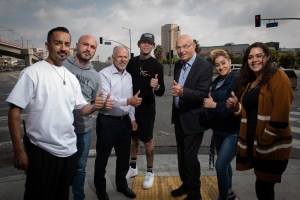
Wayne Ratkovich with members of Homeboy Industries, including CEO Tom Vozzo. Ratkovich was a member of the board of directors and executive committee of Homeboy Industries and was active in helping bring affordable housing to a site near Homeboy’s headquarters. Photo courtesy of The Ratkovich Co.
Throughout his career, Ratkovich was involved in the development more than 16 million square feet of office, retail, industrial and residential properties. Ratkovich attended UCLA, where he was a defensive end on the football team, lining up in practice against another California real estate titan, Nelson Rising.
In 2011, ULI named Ratkovich a life trustee, which is an achievement that only 15 other members received in the organization’s 80-year history. Ratkovich was a former member of ULI’s global board of directors, as well as a trustee emeritus of the National Trust for Historic Preservation.
Ratkovich made diverse contributions as a civic leader. He served on the board of directors and executive committee of Homeboy Industries, which aims to assist at-risk youth and former gang members.
Ratkovich was a past president of the Jonathan Club, where he instituted a series of programs aimed at addressing Los Angeles’ homeless crisis. He was a founding board member of the Downtown Women’s Center and the founding board chair of Wende Museum in Culver City.

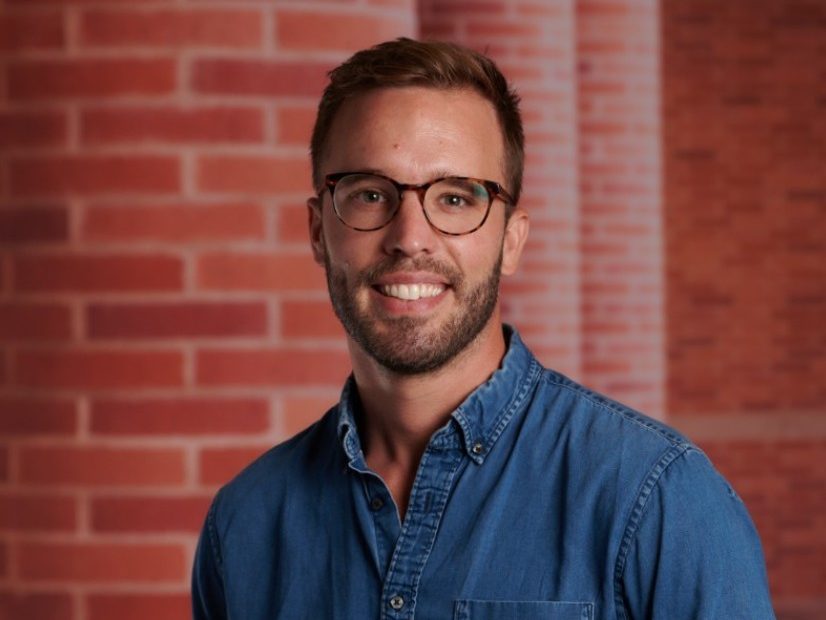
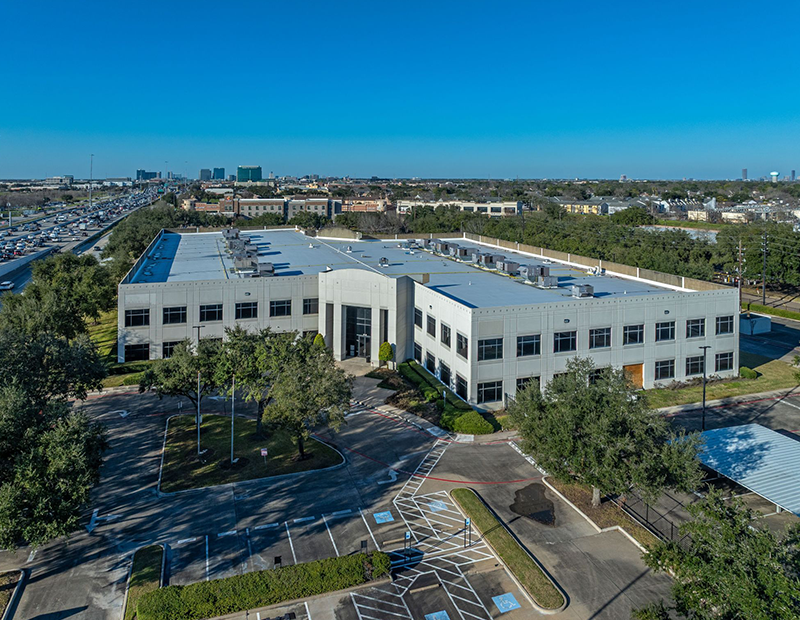
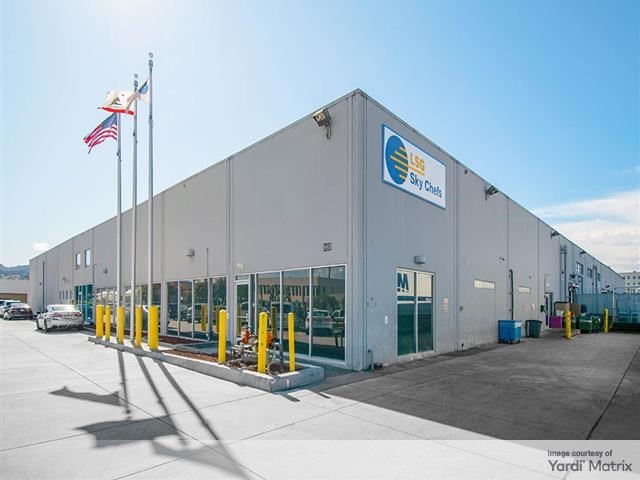
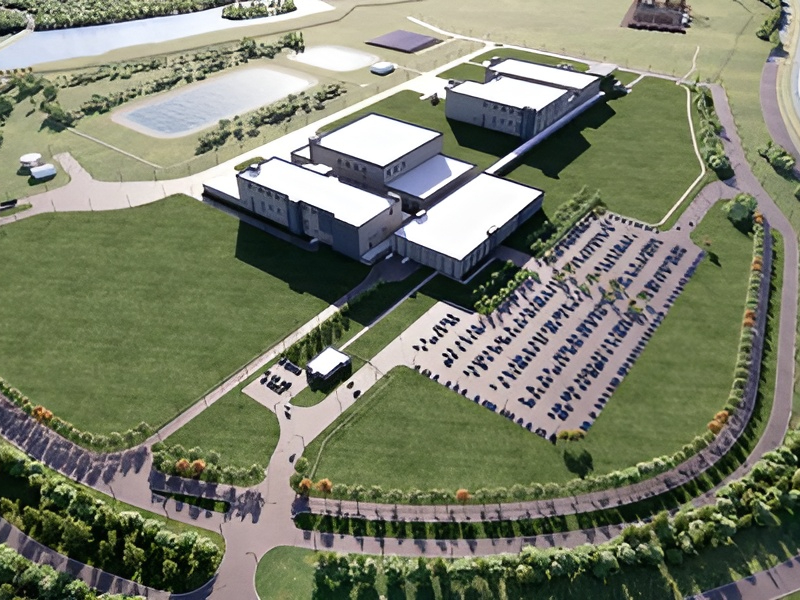


You must be logged in to post a comment.